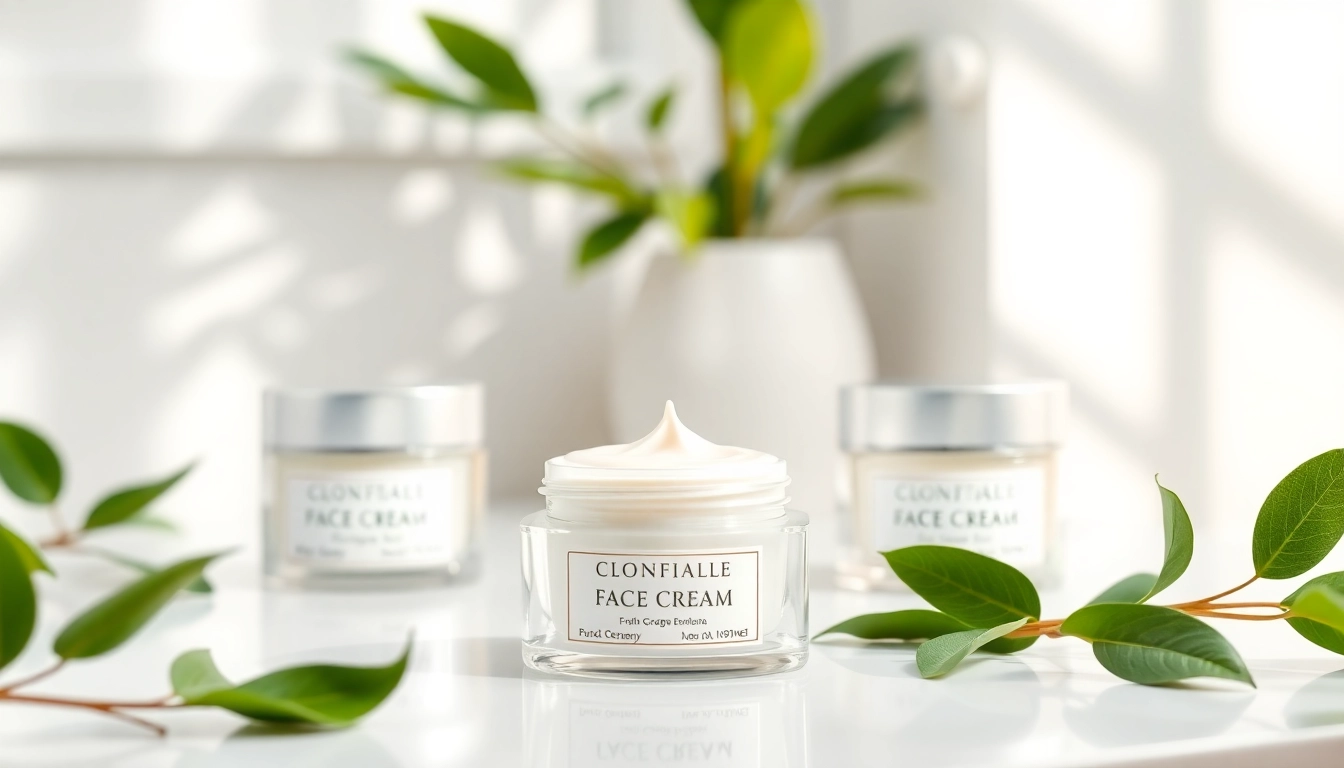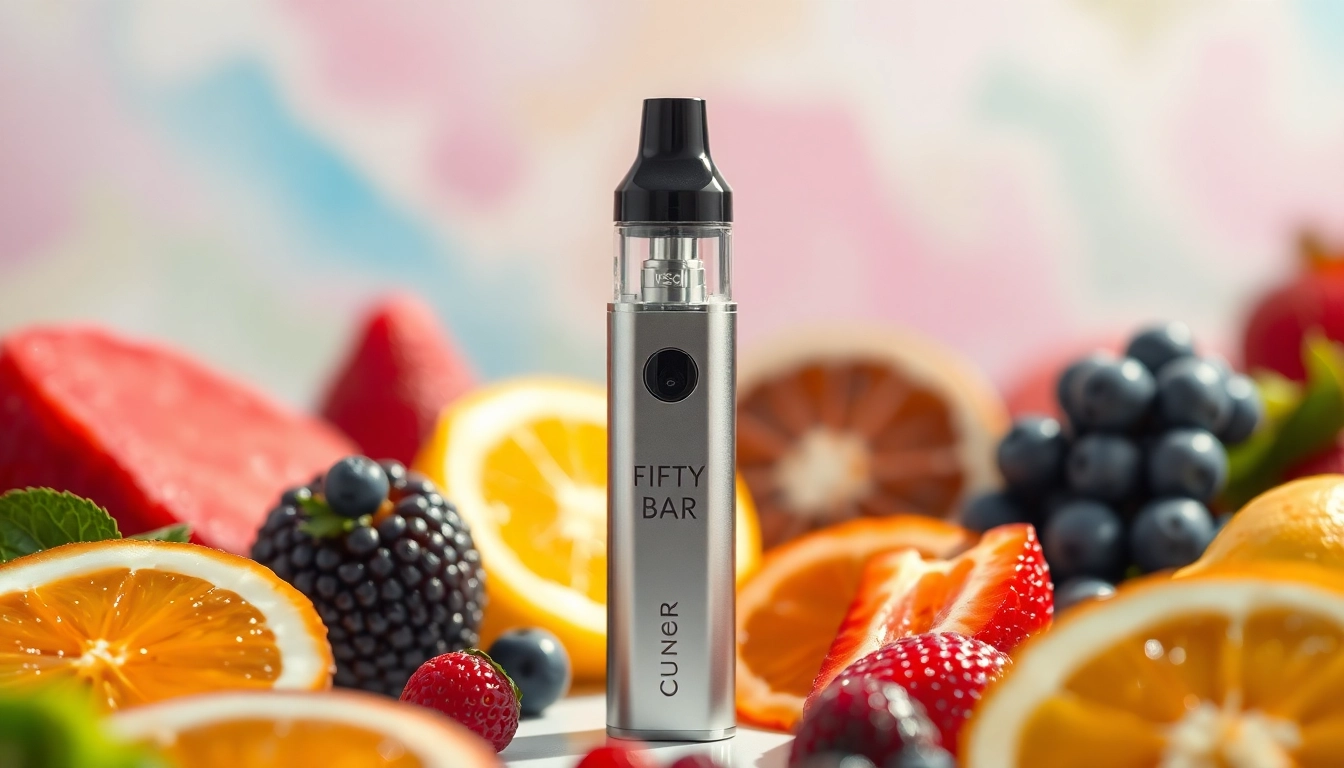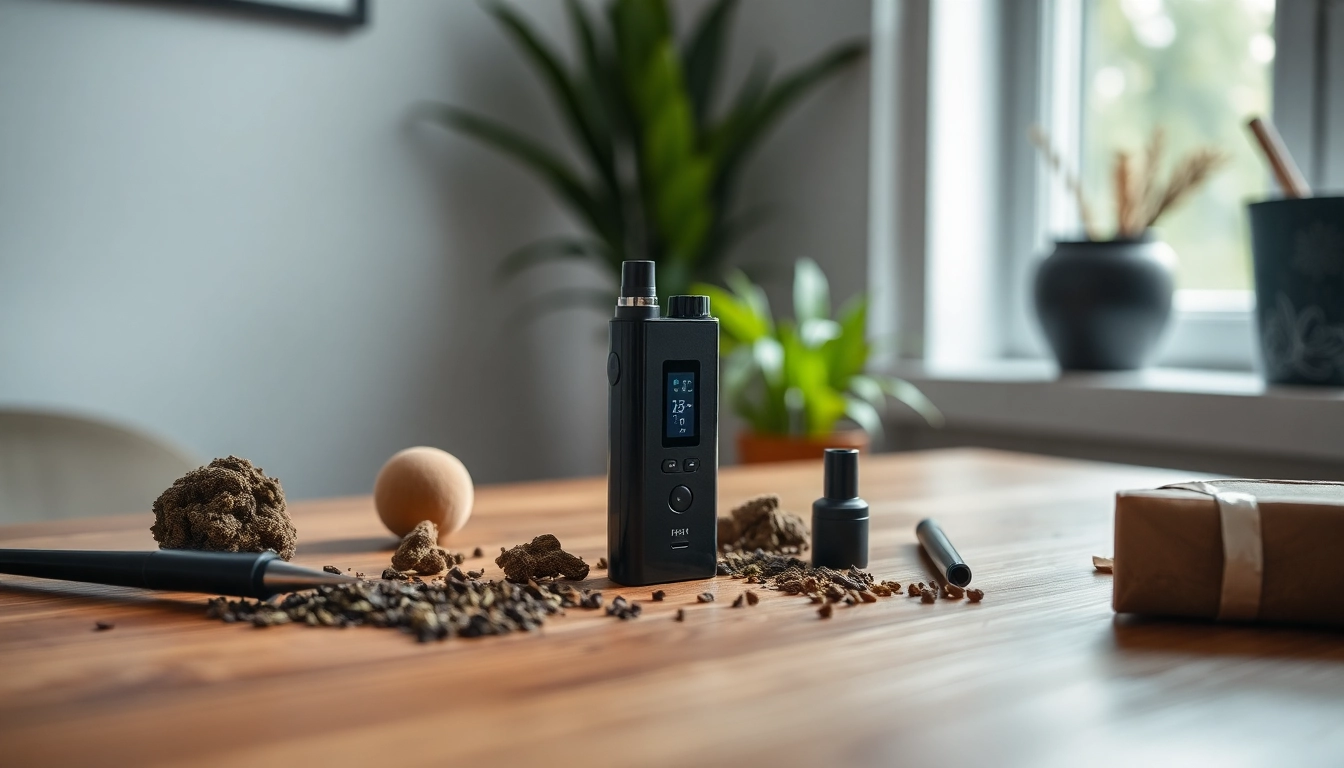Understanding Face Cream: An Essential Skincare Product
In the realm of skincare, few products are as essential as face cream. This versatile lotion serves as a pivotal component in daily routines, catering to various skin types and addressing a multitude of concerns. Whether you’re seeking hydration, anti-aging benefits, or sun protection, understanding the core elements of face cream can empower you to make informed choices suited to your skin’s needs. Face creams are designed to lock in moisture and provide essential nutrients, making them fundamental for maintaining healthy, youthful skin. Choosing the right face cream can truly enhance your skincare experience in notable ways.
1.1 What is Face Cream?
Face cream is a type of moisturizer specifically formulated for the skin on the face. Unlike body lotions, which may contain heavier oils, face creams are designed to absorb quickly and cater to the unique characteristics of facial skin. The formulation often includes a blend of water, emulsifiers, and emollients, along with active ingredients that target specific skin issues. The main objective of a face cream is to hydrate the skin, enhance its barrier function, and deliver nourishing ingredients that promote overall skin health.
1.2 Benefits of Using Face Cream Daily
Incorporating a quality face cream into your daily regimen offers a multitude of benefits:
- Hydration: Daily use of face cream helps retain moisture, preventing dryness and flakiness, which can lead to premature aging.
- Skin Barrier Protection: A well-formulated cream can strengthen the skin’s natural barrier, helping it fend off environmental stressors such as pollution and harsh weather.
- Targeted Treatments: Many face creams contain beneficial ingredients that address specific concerns, such as fine lines, pigmentation, or dullness.
- Enhances Skin Texture: Regular application can lead to smoother, softer skin by minimizing rough patches and improving elasticity.
1.3 Key Ingredients to Look For in Face Cream
When selecting a face cream, it’s crucial to scrutinize the ingredient list. Here are some key components to look for:
- Hyaluronic Acid: An exceptional humectant that draws moisture into the skin, making it plump and hydrated.
- Glycerin: A potent moisturizer that helps retain moisture and provides a barrier to prevent transepidermal water loss.
- Antioxidants: Ingredients like vitamin C and E protect against free radical damage, promoting a brighter, healthier complexion.
- Sunscreens: Non-negotiable in daytime formulas, sunscreens mitigate UV damage, helping to preserve skin integrity.
Selecting the Right Face Cream for Your Skin Type
Choosing the right face cream involves understanding your skin type and its specific needs. The most common skin types include oily, dry, and combination, each requiring tailored formulations for optimal results.
2.1 Face Creams for Oily Skin
For individuals with oily skin, lightweight, oil-free face creams are paramount. Look for products labeled “non-comedogenic,” meaning they won’t clog pores. Ingredients such as salicylic acid, witch hazel, and tea tree oil can help control excess oil without overdrying the skin.
2.2 Face Creams for Dry Skin
Dry skin often requires richer formulations that offer intense hydration and nourishment. Look for creams containing emollients such as shea butter, ceramides, and fatty acids. Creams rich in antioxidants can also combat the effects of dryness, promoting a healthier complexion.
2.3 Face Creams for Combination Skin
Those with combination skin should opt for a balanced approach. Lightweight creams with hydrating yet non-greasy properties are ideal. Formulations that include both humectants and emollients can help address dry patches while keeping oily areas in check.
How to Properly Apply Face Cream for Maximum Benefits
The effectiveness of a face cream can be significantly influenced by how it’s applied. Adhering to a proper application technique can enhance absorption and impact.
3.1 Step-by-Step Application Process
- Cleanse: Start with a clean face, free from makeup and impurities.
- Tone: If you use a toner, apply it after cleansing to prep the skin.
- Apply Cream: Take a small amount of face cream and dot it around your face (forehead, cheeks, chin, and nose).
- Massage: Gently massage the cream into your skin using upward, circular motions to promote absorption.
- Allow to Absorb: Let the cream sit for a few minutes before applying makeup or other products.
3.2 Frequency of Use for Optimal Results
The frequency of application can vary based on individual skin needs. Typically, using face cream twice daily—once in the morning and once at night—is recommended for sustained hydration and protection. However, those with extremely dry skin may benefit from more frequent applications. Monitor how your skin reacts and adjust accordingly.
3.3 Common Mistakes to Avoid When Using Face Cream
To ensure you reap the maximum benefits from your face cream, avoid these common pitfalls:
- Applying on Dry Skin: Always apply face cream on a slightly damp face to lock in moisture effectively.
- Using Too Much Product: A pea-sized amount is often sufficient; over-applying can lead to greasiness and an increased risk of breakouts.
- Neglecting the Neck and Decollete: These areas need hydration too; extend your application beyond your face.
Innovative Face Cream Formulations in the Market
The beauty industry constantly evolves, leading to innovative face cream formulations that cater to diverse user needs. Here are some current trends that stand out:
4.1 Organic and Natural Face Creams
As consumers lean towards more natural solutions, organic face creams have gained popularity. These products boast ingredients sourced from nature, often free from synthetic chemicals. Common natural components include aloe vera, coconut oil, and essential oils. They appeal especially to those with sensitive skin, as they tend to be less irritating.
4.2 Anti-Aging Face Cream Options
Anti-aging face creams focus on combating wrinkles, loss of elasticity, and skin dullness. Formulations typically include peptides, retinol, and growth factors. Research often supports their efficacy in improving skin tone and texture, making them a favorite for individuals seeking youthful skin.
4.3 Face Creams with SPF: Combining Protection and Hydration
To streamline skincare routines, many face creams now incorporate SPF. These dual-purpose products protect against harmful UV exposure while providing needed hydration. When selecting an SPF face cream, ensure it offers broad-spectrum protection and is suitable for daily use.
Measuring the Effectiveness of Your Face Cream
Tracking how well your face cream works is crucial for long-term skin health. Here are some indicators and methods for assessing its effectiveness:
5.1 Recognizing Improvement in Skin Texture and Tone
Effective face creams should yield visible improvements in skin texture and tone within a few weeks of consistent use. Monitor for smoother skin, reduced flakiness, and a more radiant appearance. It can be helpful to take before-and-after photos to visually track progress.
5.2 Tracking Hydration Levels
Assessing hydration can typically be done through visual inspection and tactile feedback. Well-hydrated skin feels plump and appears dewy. Investing in a skin moisture meter can provide precise measurements to track moisture levels over time.
5.3 When to Change Your Face Cream for Better Results
If your skin fails to show improvement after a few months with the same product, it may be time for a change. Signs that indicate the need for a new face cream include persistent dryness, increased breakouts, or a dull complexion. Additionally, as seasons change, you might need to switch formulations (e.g., from light creams in summer to richer products in winter).















Leave a Reply